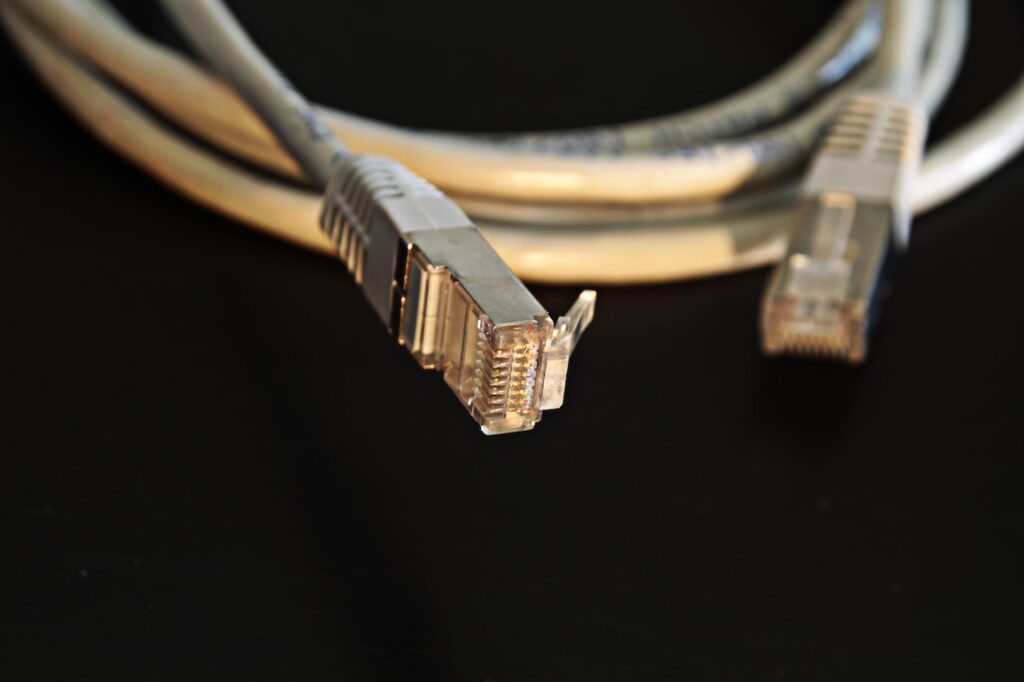The early years of the internet were characterized by slow and unreliable dial-up connections. Internet users faced the frustration of sluggish download speeds, interrupted connections, and limited browsing capabilities. However, the introduction of DSL (Digital Subscriber Line) and Cable Internet technologies revolutionized internet speeds, transforming the online experience for millions of users worldwide. In this article, we will explore how DSL and Cable Internet transformed the early years of internet speeds, enabling faster and more reliable connectivity.

The Limitations of Dial-Up Connections
Dial-up connections, which relied on telephone lines, were the primary means of internet access in the early years. However, dial-up connections had significant limitations. They offered maximum speeds of only 56 kilobits per second (Kbps), resulting in slow download and upload speeds. Users often experienced busy signals, disconnections, and limited bandwidth, making it challenging to engage in activities such as streaming media or downloading large files.
DSL: The Rise of High-Speed Internet
DSL emerged as a breakthrough technology that significantly improved internet speeds. Unlike dial-up, DSL utilized existing copper telephone lines to transmit data, offering higher bandwidth and faster speeds. DSL enabled simultaneous voice and data transmission, eliminating the need for a separate phone line. This meant users could make phone calls while browsing the internet without any interruption.
DSL provided users with speeds ranging from 128 Kbps to several megabits per second (Mbps), depending on the distance from the telephone exchange. This increase in speed allowed for faster downloads, improved web browsing experiences, and the ability to engage in activities like online gaming and video streaming.
The Advantages of Cable Internet
Cable Internet, another game-changer in the early years of internet speeds, utilized cable television infrastructure to provide internet connectivity. Cable connections offered higher speeds and bandwidth compared to dial-up and DSL. Cable Internet operated on coaxial cables, which allowed for faster data transmission.
Cable Internet speeds could reach several megabits per second, surpassing the speeds offered by DSL. This made cable internet particularly appealing for heavy internet users who required faster downloads, smoother streaming, and more reliable connections.
Broadband Revolution: DSL and Cable’s Impact
The introduction of DSL and Cable Internet technologies sparked a broadband revolution. Broadband, characterized by its high-speed and always-on connectivity, transformed the way people accessed and utilized the internet. DSL and Cable Internet played pivotal roles in this revolution, driving the adoption of broadband connections across the globe.
Broadband connections offered users faster speeds, increased bandwidth, and more reliable connections. This revolutionized various aspects of online activities, including multimedia streaming, online gaming, video conferencing, and file sharing. Users could now enjoy seamless browsing experiences, faster downloads, and improved access to online resources.
Advancements in DSL and Cable Technology
Over time, DSL and Cable Internet technologies continued to evolve, offering even faster speeds and greater reliability. DSL technologies, such as ADSL (Asymmetric Digital Subscriber Line) and VDSL (Very High Bitrate Digital Subscriber Line), enhanced internet speeds by utilizing advanced modulation techniques and optimizing data transmission over copper lines.
Cable Internet also experienced advancements with the introduction of DOCSIS (Data Over Cable Service Interface Specification) standards. DOCSIS enabled higher speeds, improved network efficiency, and increased capacity to meet the growing demands of internet users.
The Legacy of DSL and Cable Internet
DSL and Cable Internet technologies left a lasting impact on the early years of internet speeds. They paved the way for the widespread adoption of broadband connections and transformed the internet into a more accessible and versatile platform. These technologies played a crucial role in bridging the digital divide and bringing faster internet speeds to homes, businesses, and educational institutions worldwide.
DSL and Cable Internet technologies transformed the early years of internet speeds, offering faster and more reliable connectivity compared to dial-up connections. The advent of DSL and Cable Internet sparked a broadband revolution, revolutionizing online activities and opening up new possibilities for users. As technology continues to advance, DSL and Cable Internet will be remembered as instrumental in shaping the internet landscape and providing the foundation for faster and more accessible internet connections we enjoy today.